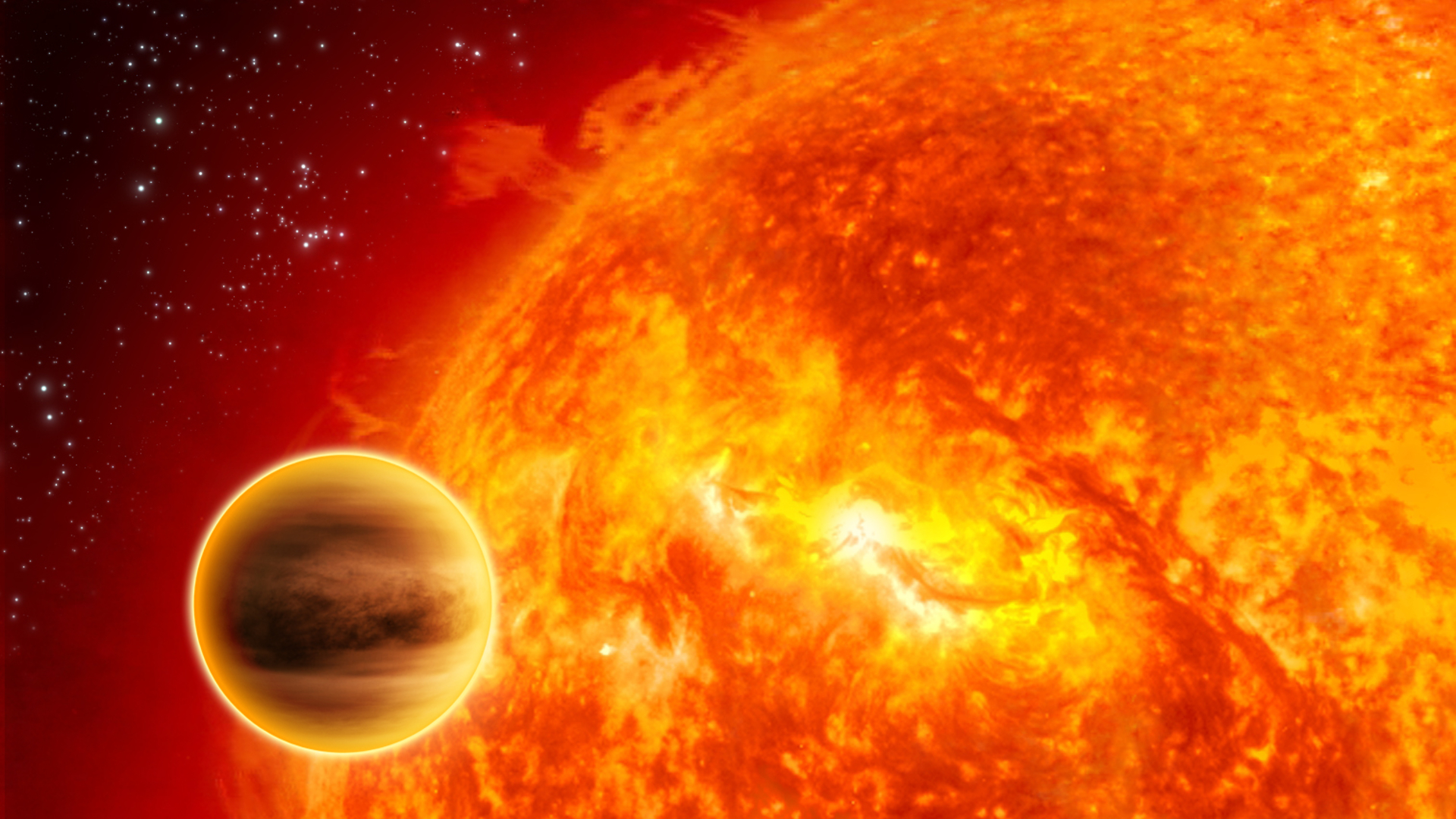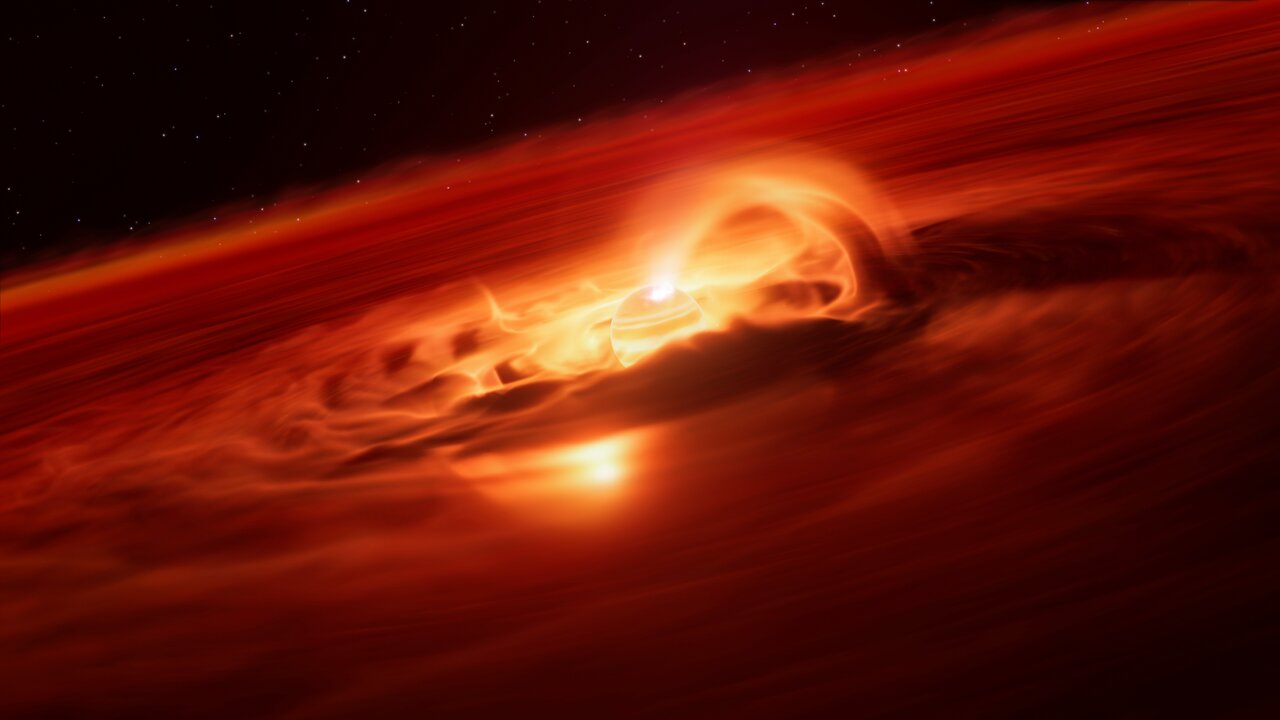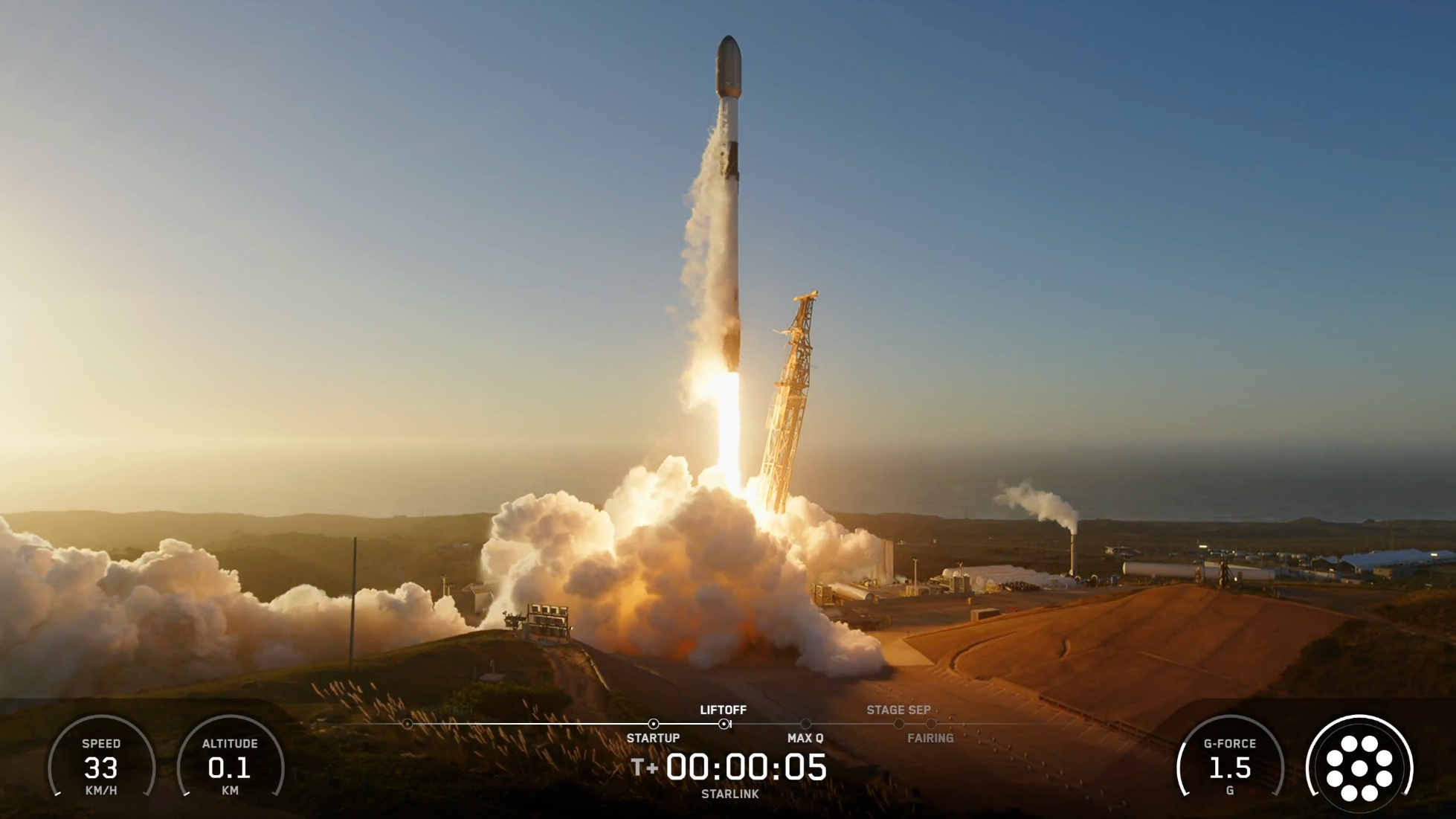Exoplanets
Latest about Exoplanets
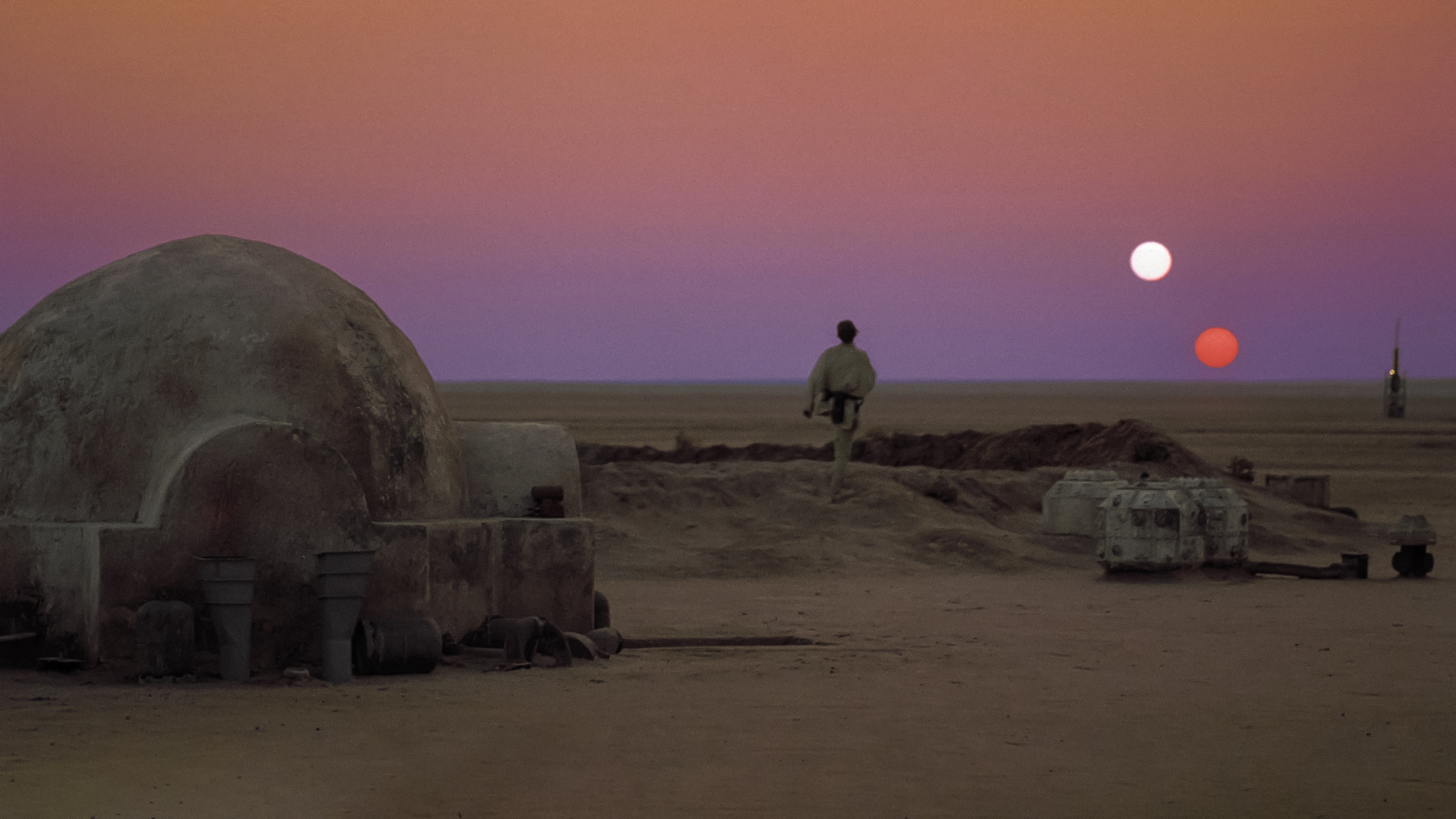
Scientists discover 3 Earth-size exoplanets that may have double sunsets — like Tatooine in Star Wars
By Robert Lea published
Using NASA's TESS exoplanet hunter, astronomers have discovered a strange arrangement of exoplanets around tight binary stars that shouldn't be.
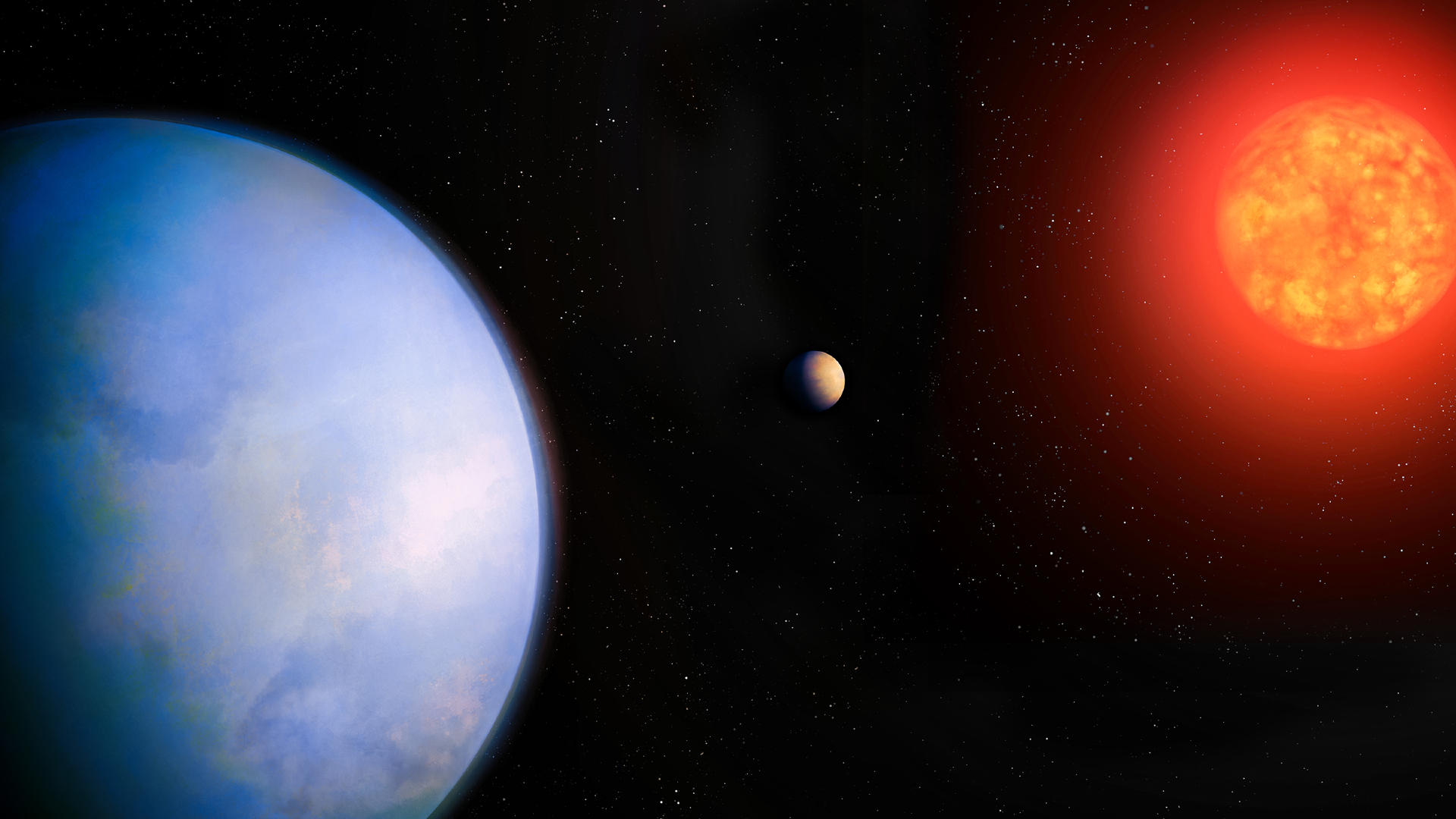
Super-Earth less than 20 light-years away is an exciting lead in the search for life
By Keith Cooper published
The super-Earth exoplanet is "one of the best candidates in the search for an atmospheric signature of life."
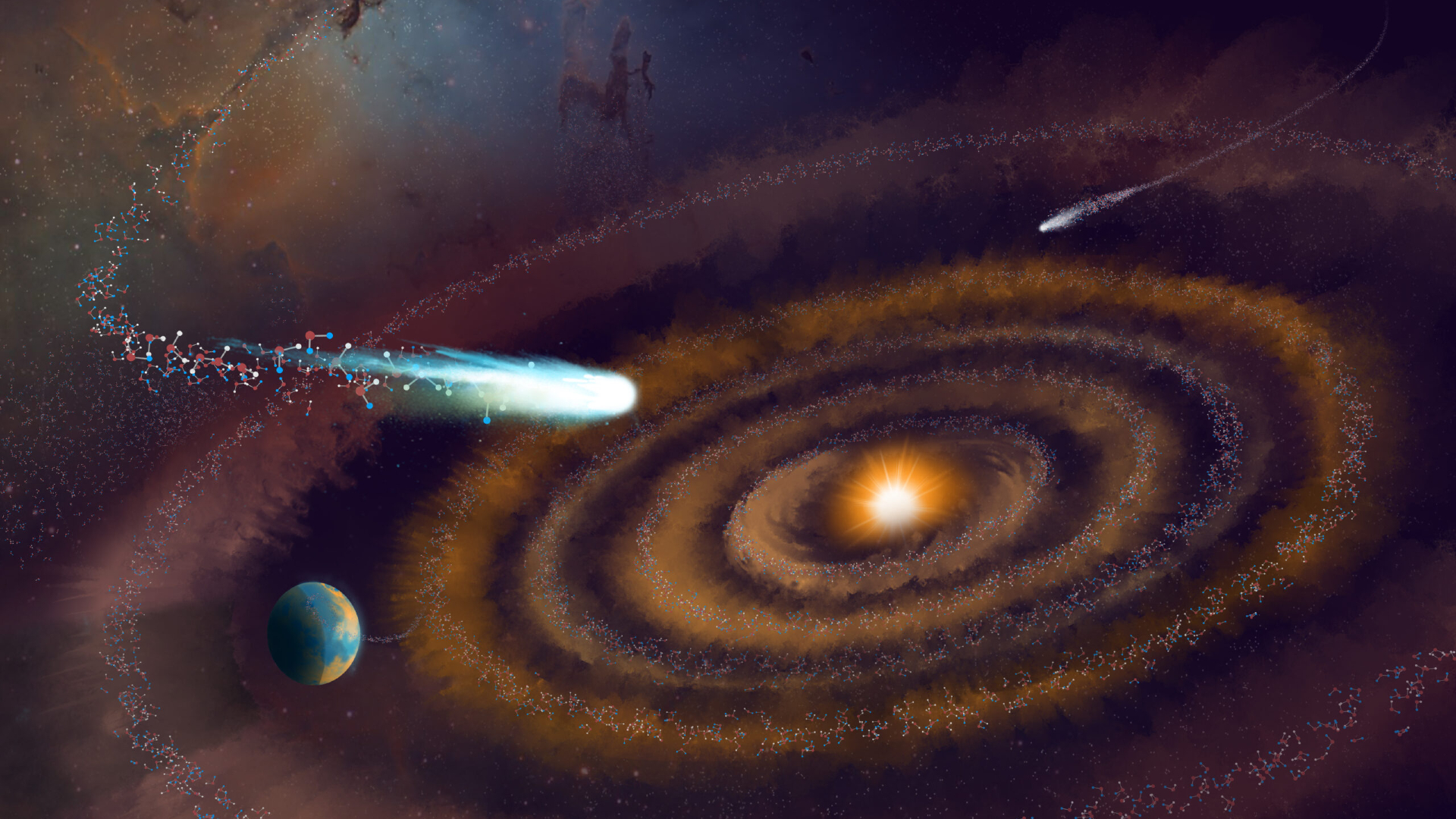
For the 1st time, scientists discovered 'heavy water' in a disk forming exoplanets
By Keith Cooper published
V883 Orionis is a young star that formed in the Orion Nebula half a million years ago.
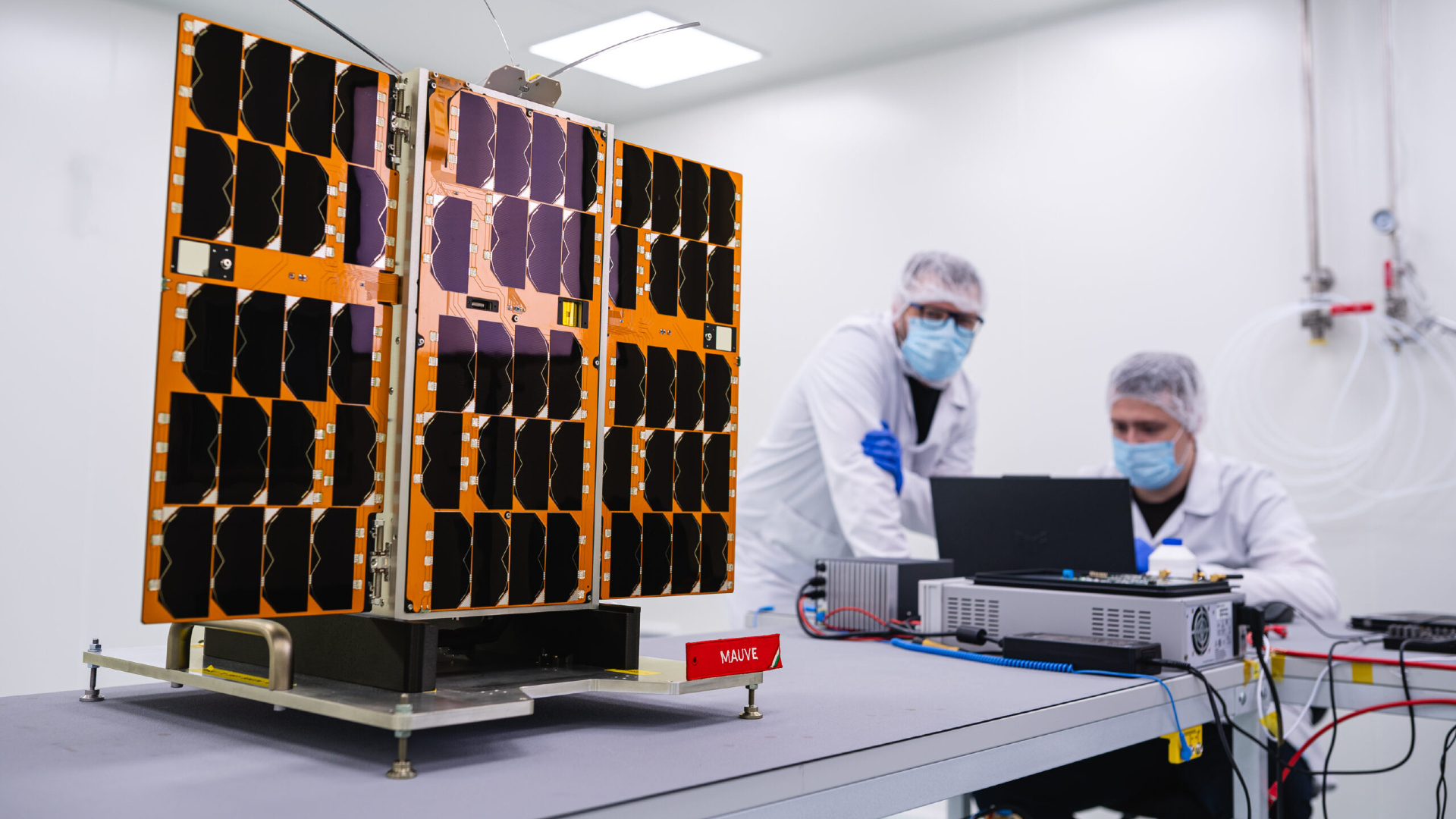
Could the world's 1st private space telescope help find stars with habitable exoplanets?
By Tereza Pultarova published
The world's first commercial astronomy space telescope will look for stars that may host habitable exoplanets.
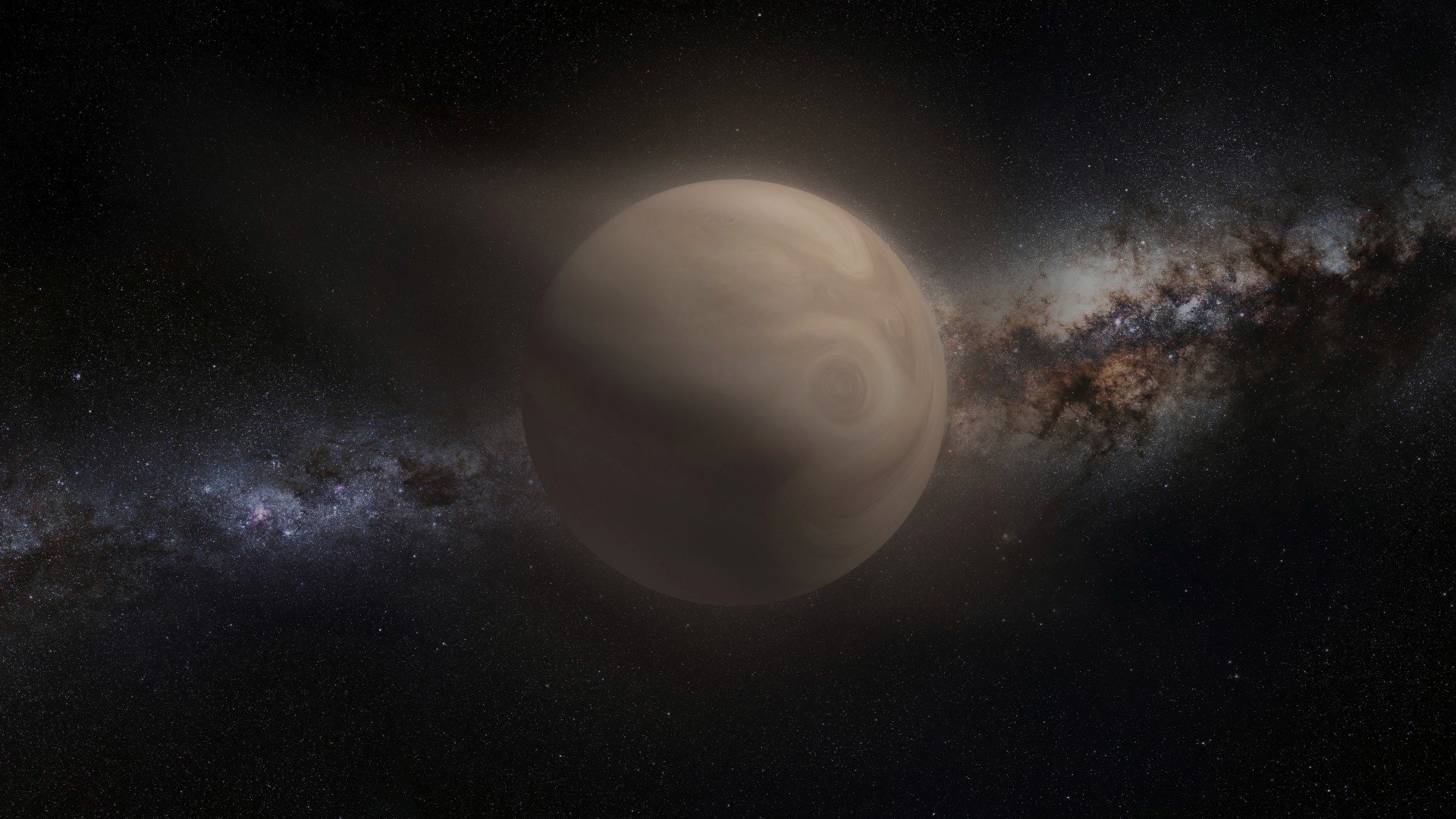
Strange 'puffy' alien world breaks every rule for how planets should behave
By Paul Sutter published
If you think you've met the wildest exoplanet yet, you haven't learned about TOI-4507 b. This strange world breaks almost every known rule for how planets should behave.

Uranus and Neptune may not be 'ice giants' after all, new research suggests
By Paul Sutter published
We actually know very little about what's going on inside Uranus and Neptune, causing researchers to propose that these planets be called "rocky giants" instead.
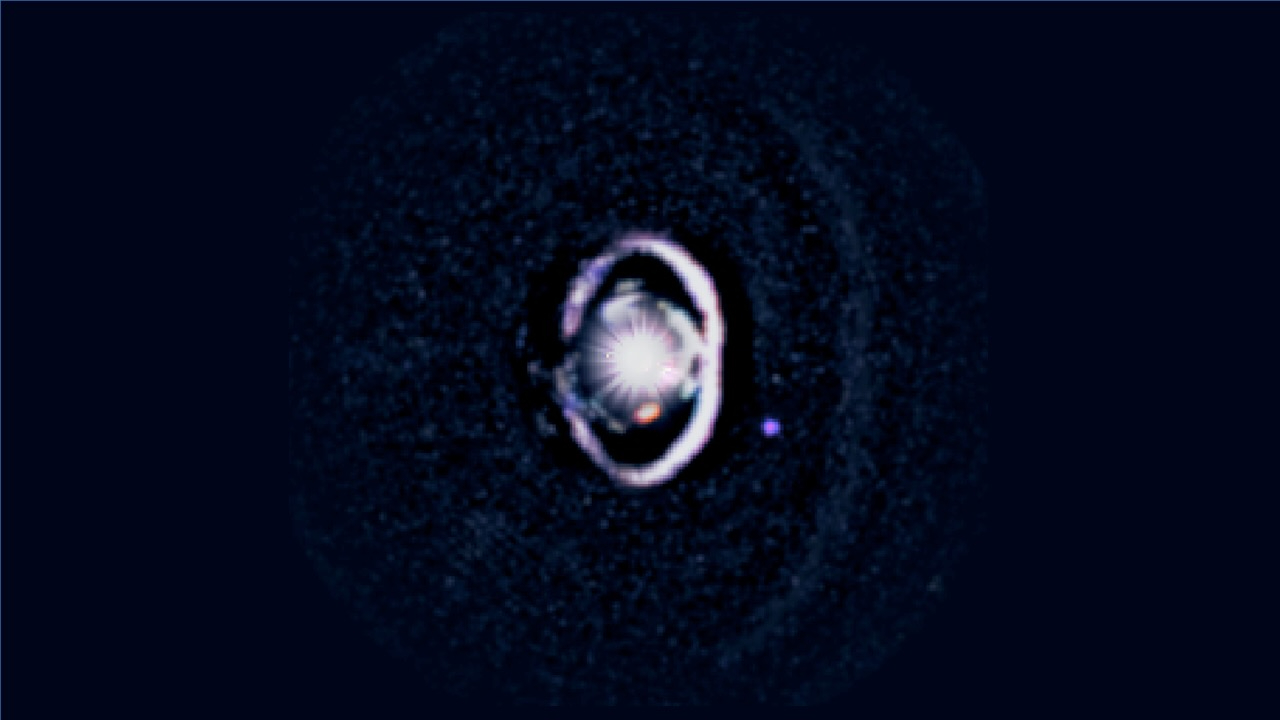
Incredible telescope image shows baby exoplanet being born
By Samantha Mathewson published
A baby exoplanet has been spotted nestled inside a ring around its young parent star, offering a never-before-seen view of planet formation.
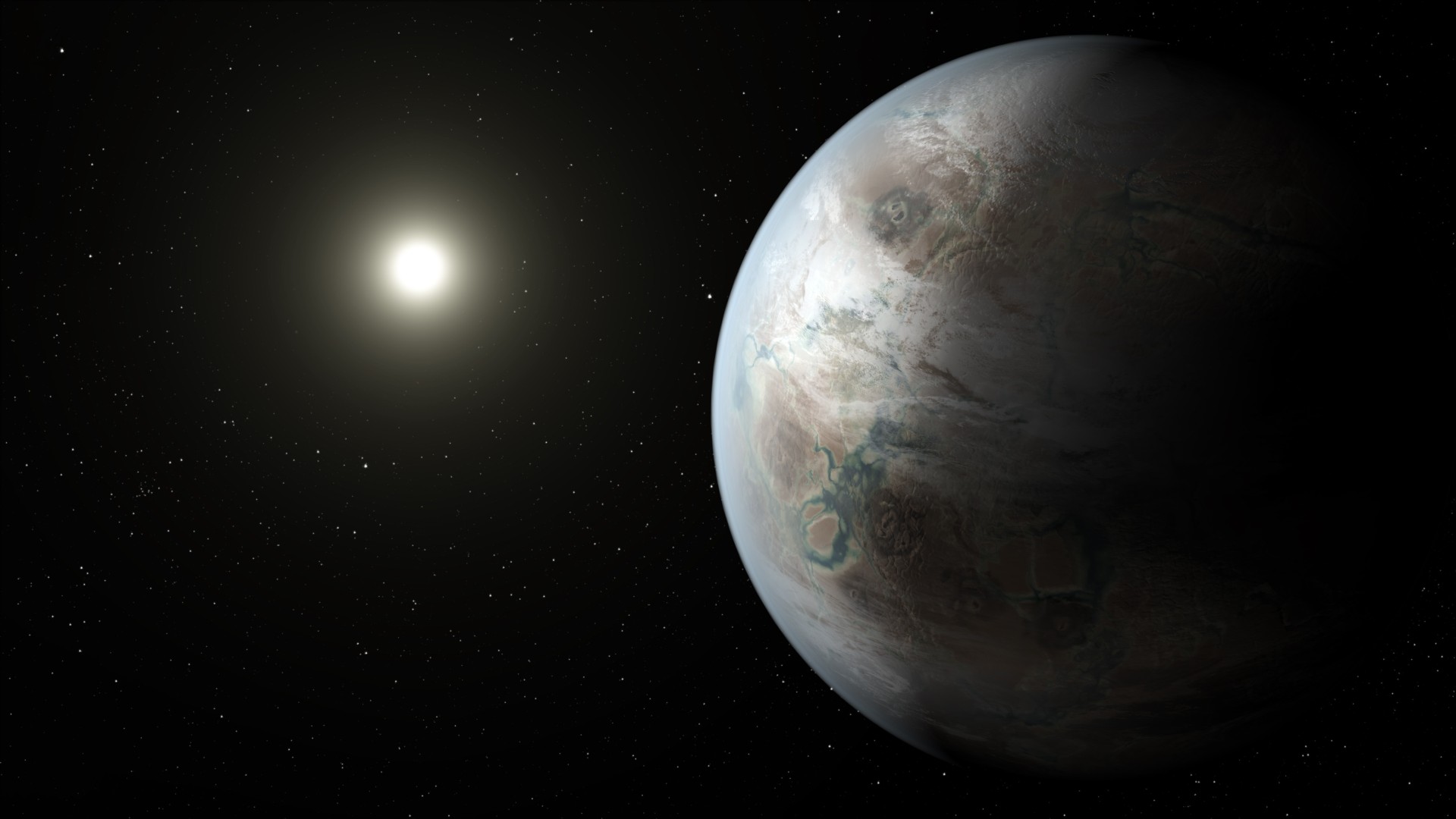
6,000 and counting: The next 30 years in the search for exoplanets
By Keith Cooper published
After marking the 30th anniversary of the discovery of the first exoplanet around a sun-like star, we now look forward to what the next 30 years might offer.
Breaking space news, the latest updates on rocket launches, skywatching events and more!
